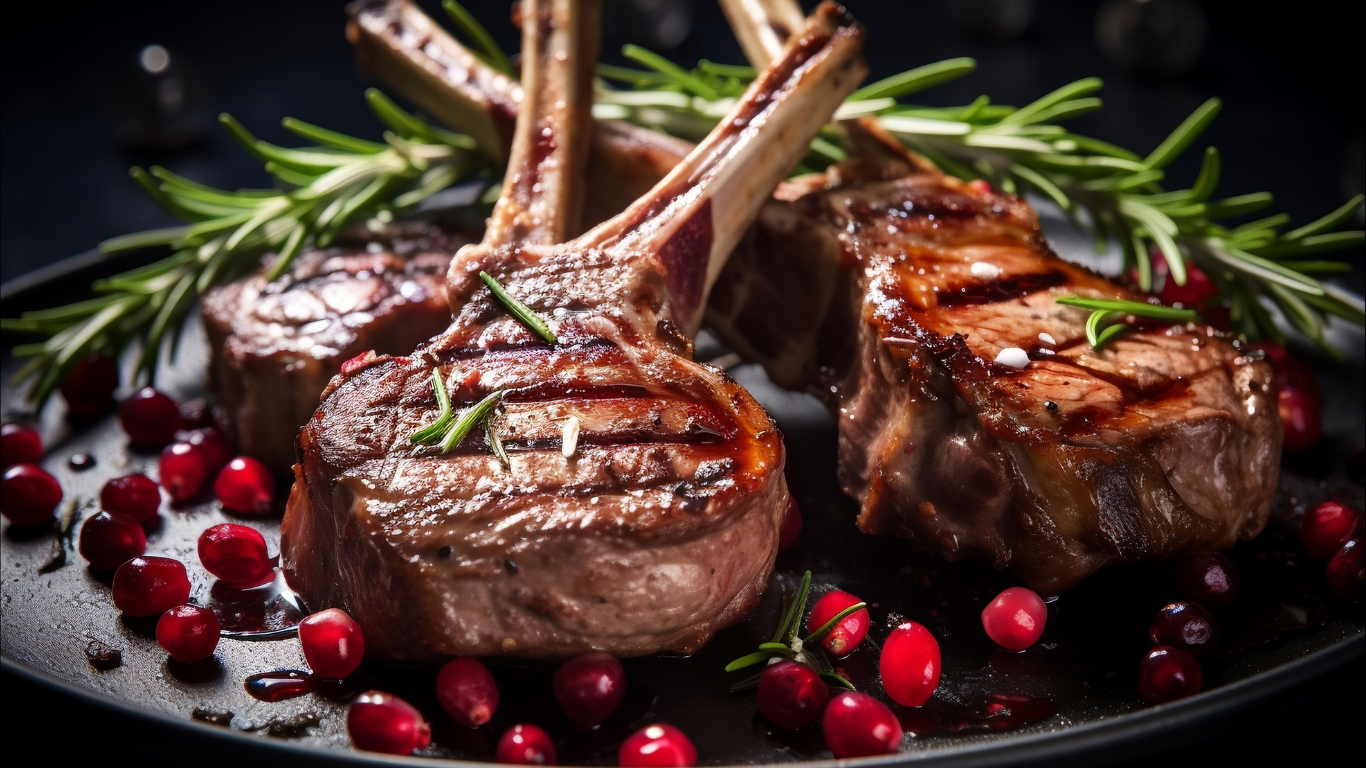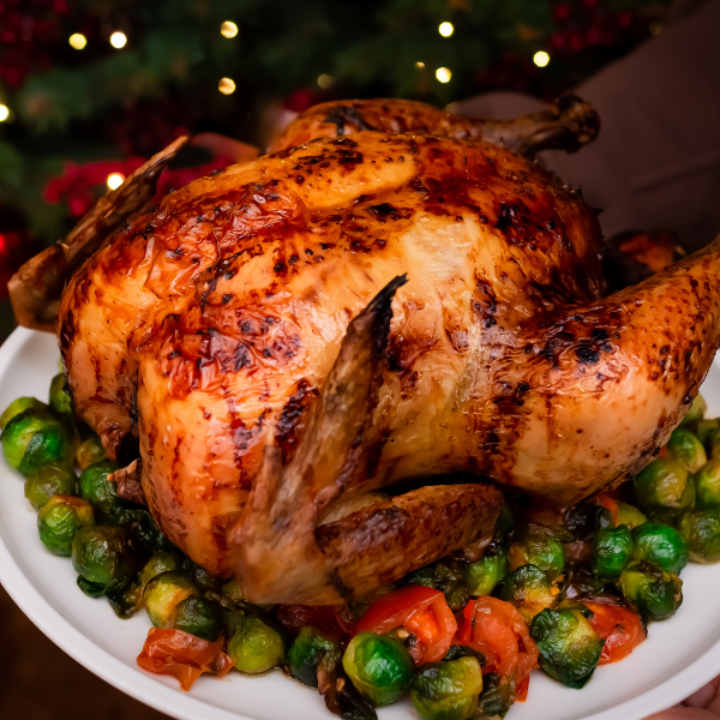Cooking Chart for Our Pastured Meats
Properly cooking grass-fed meats is crucial as many individuals who are inexperienced with it often fail to cook them correctly. Even a slight overcooking of grass-fed meats can result in the highest quality steak becoming tough and chewy, resembling shoe leather.
|
Grass Fed Meat Suggested
|
USDA Recommended
|



